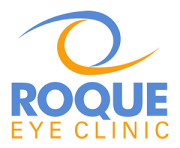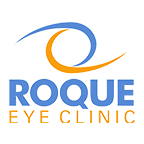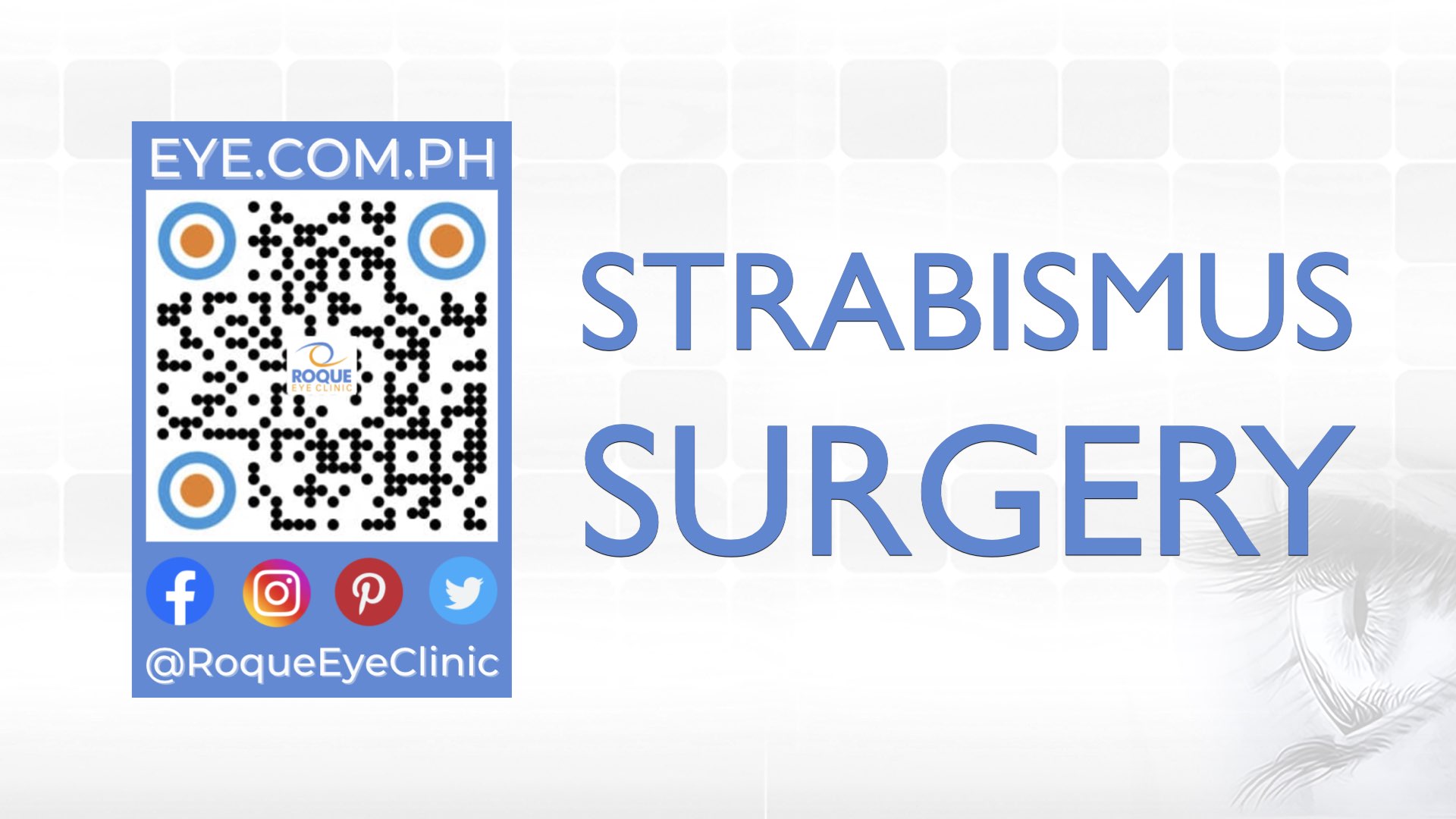
STRABISMUS ANIMATION AND VIDEOS
Strabismus Animation and Videos
STRABISMUS FREQUENTLY ASKED QUESTIONS
Strabismus Surgery
Strabismus, commonly called “squint”, is the general medical term for any incorrect alignment of the eyes. The eyes do not point in the same direction when looking at an object. The eye with strabismus may turn inward, outward, upward or downward. Strabismus surgery is recommended when other non-surgical methods of correcting the misalignment (such as glasses, prisms, Botox injection, amblyopia treatment) failed or are not indicated.
The common strabismus conditions that need surgical intervention include congenital esotropia (and associated inferior oblique overaction and dissociated vertical deviation), basic esotropia, partially accommodative esotropia, intermittent exotropia, pattern strabismus, vertical strabismus, sensory strabismus, monocular elevation deficit, neurologic strabismus (cranial nerve palsies), cranial dysinnervation disorders (like Duane syndrome), strabismus fixus, thyroid eye disease, and infantile nystagmus.
Strabismus or squint surgery is an elective procedure that involves the weakening or strengthening of one or more eye muscles to realign the eyes into the normal position. Although the squint can appear to be limited to one eye, squint surgery may need to be performed in both eyes. Adjustable sutures may be used in selected cases, depending on the age and cooperation of the patient. It is usually performed as a day-case procedure under the appropriate anesthesia.
Strabismus surgery aims to re-align the eye muscles where necessary to achieve satisfactory function. The surgery is not intended to alter vision – only the position of the eyes. Surgical correction of strabismus in children, particularly when done early, is not only reconstructive in nature, but may improve depth perception. Patients requiring glasses before surgery will need to wear glasses after.
The benefits of surgery are:
- It often expands the visual field by increasing peripheral vision.
- It can sometimes help in using both eyes together, improving depth perception or three-dimensional vision.
- It may relieve double vision.
- It eliminates abnormal head posture.
- It permits correct eye-to-eye contact with people, improving personal interaction, resulting to an improvement of self-image or self esteem.
Esotropia is known to be more amblyogenic than any other form of strabismus, and so the best time to perform squint surgery for this kind is during infancy until the very early toddler years. Exotropia may be operated on a little later. Surgery for the acquired acute strabismus should be done when the eye muscle/s have been given time to recover, usually a maximum of 6 months.
The surgery does not involve “taking the eye out of the socket”. Once anesthesia is given, the skin around the eyes and the surface of the eye is cleaned with disinfectant (Betadine). The eyelids are then held apart with a small retractor, and the eye is gently rotated so that the muscle to be operated on is accessible. The outer lining of tissue (conjunctiva) over the white of the eye is then cut open with scissors to expose the muscle, then the muscle is either weakened or strengthened. The muscle is reattached to the eye wall with an absorbable suture. The opening in the conjunctiva may or may not be sutured. This process is repeated for each muscle that is operated on. In some cases adjustable sutures will be used, so that shortly after the operation, any minor adjustments can be made to achieve the best possible position of the eye. However, this option is only applicable to very cooperative older children and adults.
Strabismus surgery is safe but it does have risks. Despite the highest standards of surgical practice, complications are possible. The more common ones are transient such as small over-undercorrection, double vision, and change in refractive error. The rare complications such as infection and granuloma formation, are manageable. The extremely rare complications such as globe perforation, anterior segment ischemia and slippage, are preventable. All of these risks will be explained by the surgeon prior to surgery.
There may be slightly blood stained tears for a few minutes after the operation and a little dried blood on the eyelids. This can be washed off with sterile water. The eyelids of the operated eye may be a little swollen from the procedure and they may be a little difficult to open but this is expected to improve overnight. The sutures will be felt in the operated eye but it gets better after a few days as the suture lyses. The operated eye will be blood-shot and appears “bruised” over the muscles that were operated on and this will even increase over the first 2 days after the operation. The postoperative eyedrops or ointment will soothe the eyes and reduce the redness and inflammation. The eyes may appear much better aligned as soon as they are opened after the operation. Often there will be noticeable variation in the alignment, with the eyes moving in and out a bit as the brain “learns” to control the eyes following the surgery. This variation settles in days to a week or so.
A slight blurring of vision of vision may persist for a few days afterwards due to the medications (ointment) applied after the surgery. Light sensitivity (photophobia) is common after squint surgery because of the dryness of the surface but it will improve over days.
It is common for the eyes to be a little sticky (after sleeping) for a few days following squint surgery. This does not mean that there is an infection. This discharge can be cleaned away with sterile water. Eye drops are essential following squint surgery. The method and frequency of application can be found on the post-surgery instruction sheet that will be provided prior to discharge. A prescription for oral pain reliever may be given, but is rarely necessary. Care should be taken with hair washing as soap and shampoo can cause significant discomfort. Rubbing the operated eye should be avoided. There are no limitations to daily activities including personal hygiene except for swimming, which should be avoided until 2 weeks after surgery.
A visit to the emergency room is warranted if any of the following is present after the surgery:
- When the eye seems to be in an entirely unexpected position
- Presence of copious green or yellow-grey discharge from the eye
- Persistent bleeding that soaks several tissues
- Persistent severe pain not relieved by oral pain reliever
- Sudden blurring of vision in one or both eyes
Approximately 80-90% of patients will have the desired post-operative outcome. The best time to judge long-term success is at 6-8 weeks after surgery.
- Archer, S. (2018). Why strabismus surgery works: the legend of the dose-response curve. J AAPOS, 22(1):1.e1-1.e6.
- Ing, M., Shortell, J, and Golez, J. (2019). Extraocular and intraocular infections in strabismus surgery: a review. J Pediatr Ophthalmol Strabismus, 56(4): 214-221.
- Lavrich, J. (2015). Intermittent exotropia: continued controversies and current management. Curr Opin Ophthalmol, 26(5): 375-381.
- Pineles, S., Chang, M., Oltra, E., Pihlblad, M., Davila-Gonzalez, J., Sauer, T., and Velez, F. (2018). Anterior segment ischemia: etiology, assessment, management. Eye (Lond), 32(2): 173-178.
- Sharma, M, and Hunter, D. (2018). Diplopia after strabismus surgery. Semin Ophthalmol, 33(1): 102-107.
- Yagasaki, T., Yokoyama, Y., and Tsukui, M. (2020). Relationship between stereopsis outcome and timing of surgical alignment in infantile esotropia. J AAPOS, March
BEFORE AND AFTER
ESOTROPIA
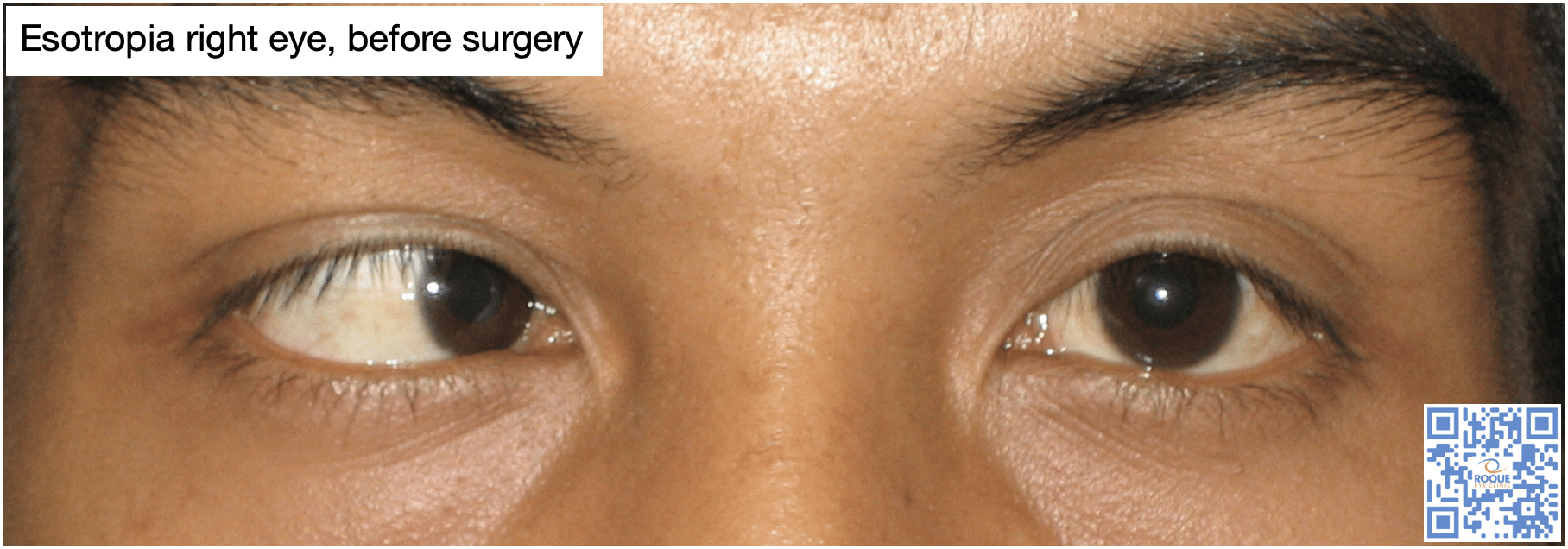
ESOTROPIA
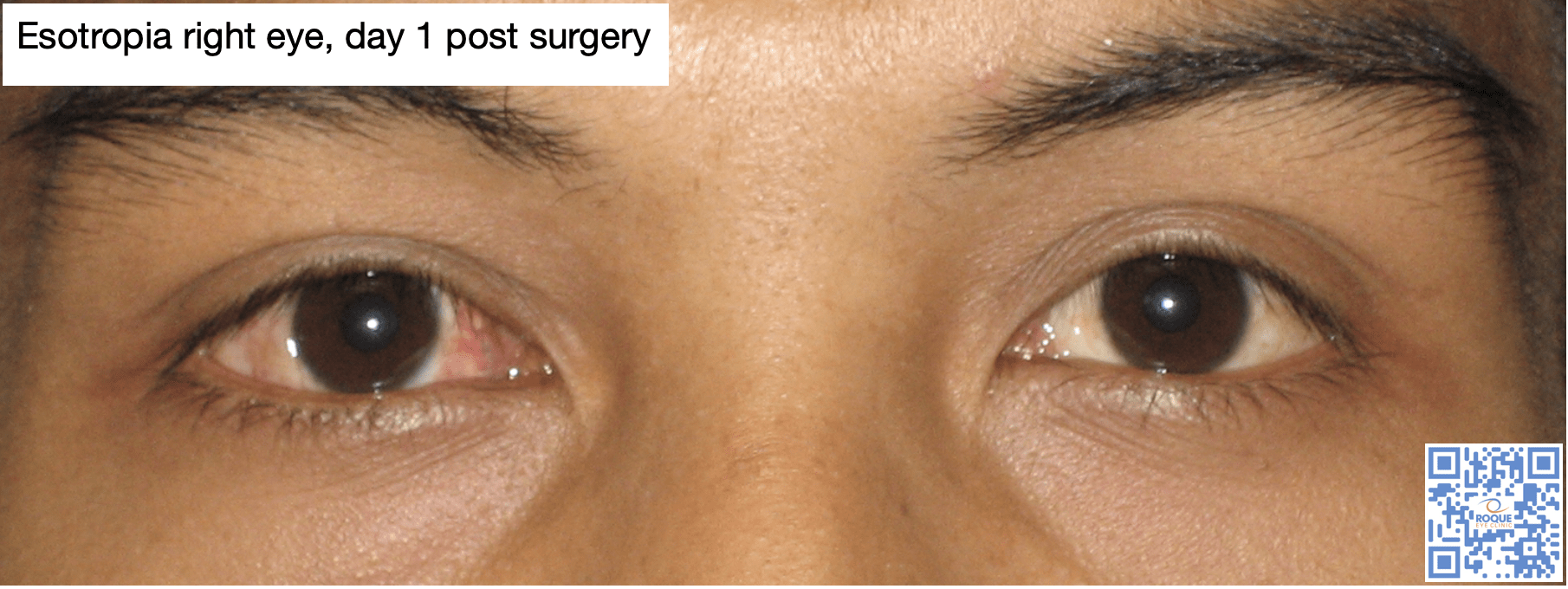
AFTER STRABISMUS SURGERY
EXOTROPIA

EXOTROPIA
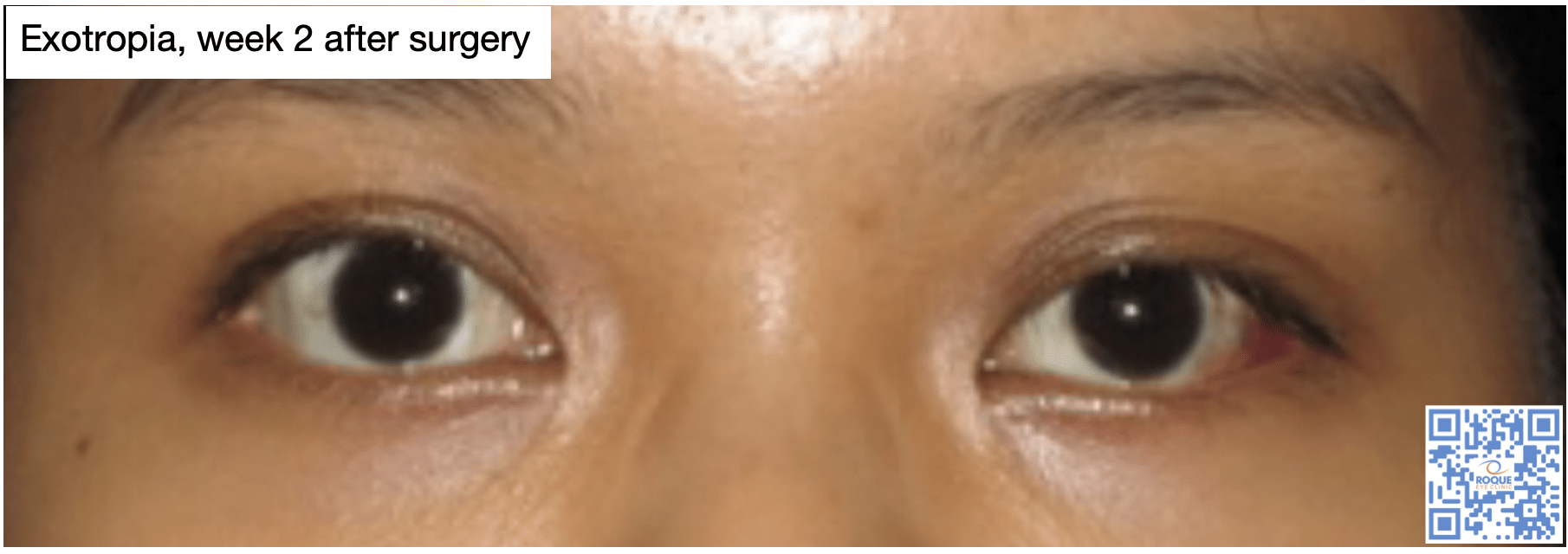
AFTER STRABISMUS SURGERY
STRABISMUS SURGERY PACKAGES
BOOK AN APPOINTMENT
It takes less than 5 minutes to complete your online booking. Alternatively, you may call our BGC Clinic, or our Alabang Clinic for assistance.
